The iPhone SE's major win over cheap Android phones isn't hardware — it's software updates
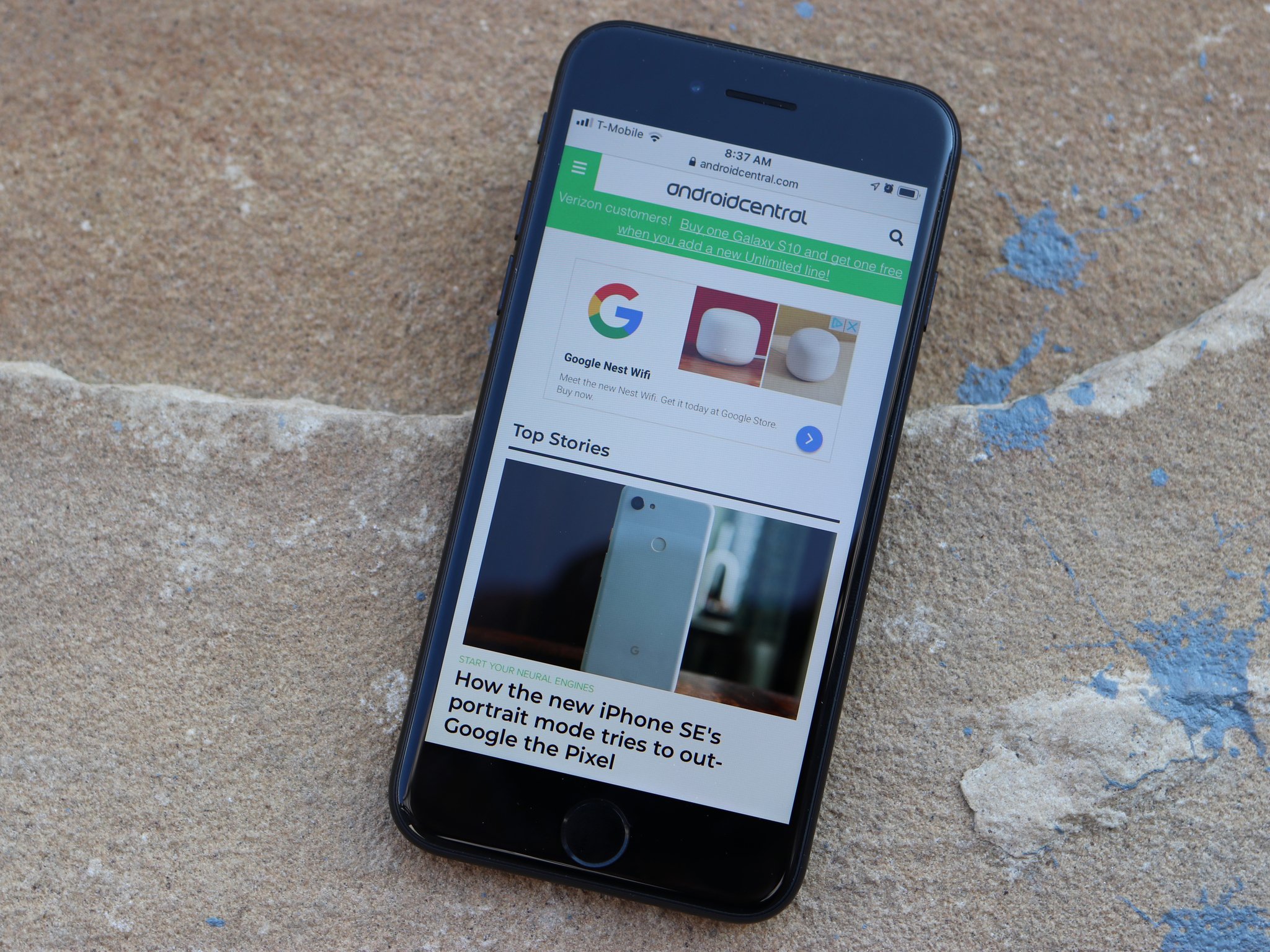
Ever since Apple announced the much-anticipated second coming of the iPhone SE, tech reviewers on both sides of the iOS vs. Android camp have been dumbfounded by just what a great value the smartphone seems to be. And while it is an impressive specimen in terms of fit, finish, and features, the hardware and appearance of the device are not what make it truly special. They're also not what makes the phone a legitimate threat not only to mid-range Android devices, but ostensibly to the entire Android ecosystem. No, that honor goes to something less obvious, less flashy, less — sexy. The iPhone SE's real allure is all about the software/security updates and support. Period.
Some SE background
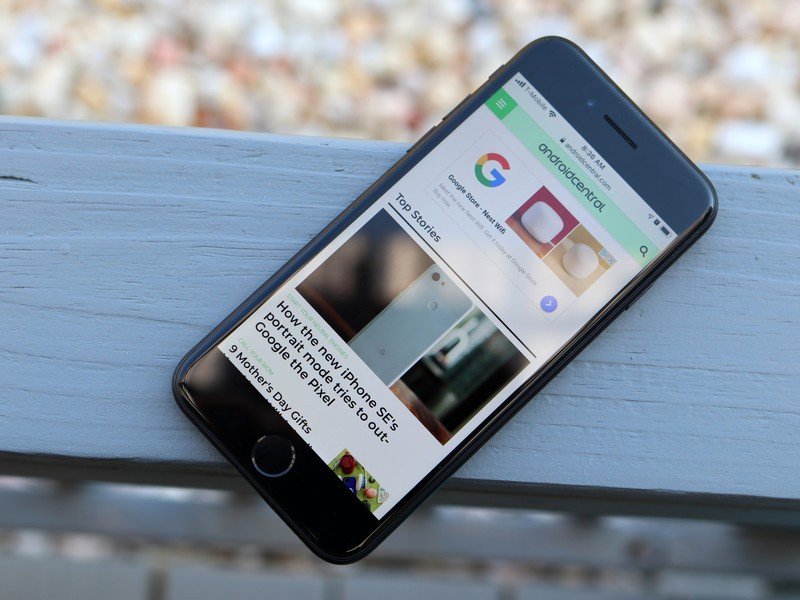
There had been rumors and speculation about the iPhone SE (2020) for years. Ever since the outsized popularity that the undersized 2016 handset generated, Apple faithful, as well as those still longing for quality, smaller phones with smaller price points, have been clamoring for a replacement to the original value iPhone.
It doesn't happen often in life, but in the iPhone SE (2020), fans basically got more of what they asked for.
Small iPhone fans were hopeful that any refresh to the 2016 SE would keep the original four-inch footprint, but bring a better processor, camera, and maybe some extras like wireless charging. This doesn't happen very often in life, but in the case of the SE, fans got most of (and in some cases, more of) what they wished for.
For a quick recap, the 2020 edition has a home button with Touch ID, a smaller and lighter form factor (though admittedly not as small as the original), the latest and greatest A13 processor, dual-SIM, portrait mode photos, IP67 water resistance, wireless charging, and the same affordable price from four years earlier.
For a thorough review of the iPhone SE (2020), head on over to iMore to read what my colleague Lory Gil had to say about the device.
The details that actually matter
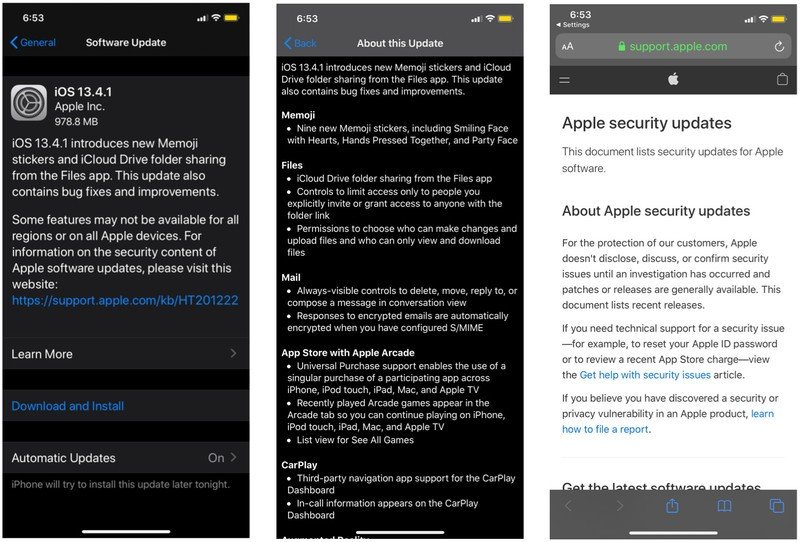
Phone nerds (and not just Android fans) are quick to point out the iPhone SE's flaws and where it doesn't quite measure up to the mid-range Android devices it's positioned against from a price perspective. It's true, the design of the SE does look a little dated (if iconic) compared to something like the Pixel 3a, Nokia 7.2, or even Moto G Stylus. It has a much lower resolution screen than phones at that price point and cheaper, and it doesn't have a high megapixel camera, a 3.5mm headphone jack, a USB-C charging port, super-fast wired or wireless charging, or the large capacity batteries of many of its competitors.
The thing that got most tech folks excited about the iPhone SE was not the nostalgic form factor or stunningly fair price from Apple. Rather, it was the fact that Apple put its latest high-powered A13 processor into the device. The A13 is objectively better and more powerful at most tasks than anything that Qualcomm, Samsung, Huawei, or MediaTek have to offer the Android world, and it enables features and capabilities that most current mid-range Android phones can't match, (like enhanced image signal processing that makes the SE's iPhone 8-grade camera hardware perform on par with the iPhone 11 series).
Be an expert in 5 minutes
Get the latest news from Android Central, your trusted companion in the world of Android
The other thing that A13 enables is longevity. There's so much processing overhead in the chip that, at first glance, seems entirely unnecessary. Apple could have (and was expected to) easily gotten away with putting in an older A11 or A12 generation chip, and the SE still would have been a mid-range performance champ. But the secret is not about present-day performance — it's about the long haul.
The A13 processor is overkill for now, but allows for long-term platform and security updates, among other improvements.
Apple's devices, and in particular, its iOS devices, are known to receive software and security updates for several years beyond what Android handsets get. iOS 13 is the current version of the software (iOS 13.4.1 at the time of writing, to be exact), and iPhones back to the 6S series and original SE, released in 2015 and 2016 respectively, are both capable of running it. And even though Apple forked iPadOS from iOS in 2019, iPads back to the Air 2 can run iPadOS based on iOS 13 (that's a 2012 device!).
This strategy helps Apple to not alienate fans who are slower to adapt to change, allows them to attract price-conscious smartphone shoppers and potential platform switchers, and allows them to follow their stated environmental focus by keeping phones in use and out of landfills for longer.
Older iOS devices can indeed run current software and get near-immediate, over the air (OTA) updates without waiting for carriers or other OEMs to make any changes, but that doesn't mean that they'll be able to take advantage of new platform features that rely on new hardware like advanced camera features and futuristic AR capabilities. But that's not the point. If flashy new hardware features are what you really want, then you're likely to fork over the additional cash for a more premium device like the Samsung Galaxy S20 series, OnePlus 8 Pro, or iPhone 11 Pro series.
Thanks to that beefy A13 and Apple's commitment and ability to push platform and security updates, by the time 2024 or 2025 rolls around and we're here reviewing what Moto G15 or Samsung A56 phone to get, the SE will probably still be ticking along just fine on iOS 17 or 18. Not too bad for $400 spread out over four or five years!
For a more thorough discussion of this topic, I encourage you to listen to the latest Android Central podcast with guest Lory Gil of iMore.
How it should be
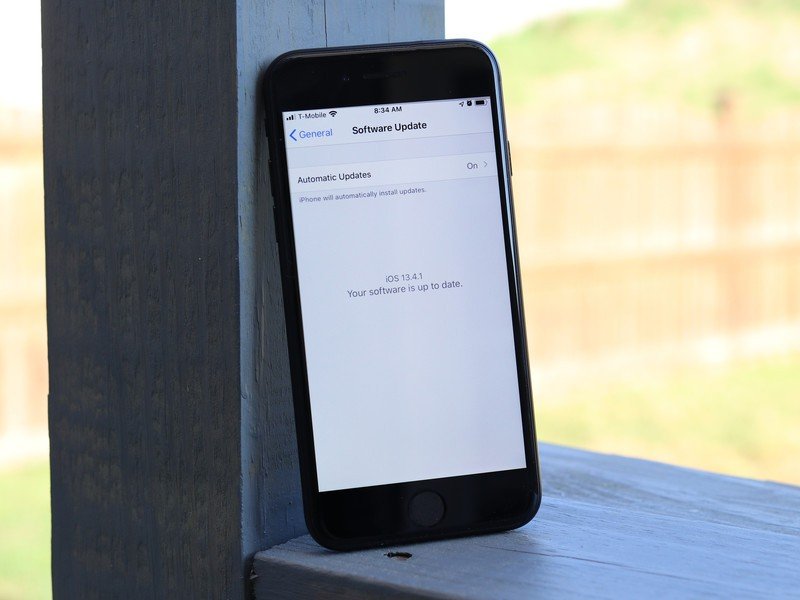
I know that most people reading Android Central would scoff at the idea of switching to iOS in general, or the iPhone SE in particular, and that's not what I'm advocating for here at all. I simply wish that more Android OEMs would dedicate themselves to supporting the platform and their devices for longer than they currently do.
It's rare to find even premium flagships that promise more than one major platform update (outside of Google and OnePlus), and even rarer still among the mid-range and low-end segments of the market. I realize the adage "you get what you pay for" applies in tech as elsewhere, but I still wish more could be done here.
I know that Apple has several advantages that allow it to produce an affordable mid-ranger with long-term software support. It designs and manufactures its processors, software, and hardware, and has the benefit of only dealing with a handful of suppliers and economies of scale to push its prices down (when it wants to). But there are way more Android manufacturers and customers, and only a couple of chip manufacturers that matter, so you would think that some of them could find a way to compete here with the SE where it matters - longevity. Hopefully, some of them (ahem, Samsung and Google), are getting their rears into gear for 2021 and beyond.
Our recommendations
Right now, if you don't want to spend a lot on a good smartphone but you do want the guarantee of multi-year platform and security updates, your choices are between the Google Pixel 3a, and the iPhone SE. Right now, both are available for under $400, and we're eagerly looking forward to a similarly priced, but better specced, Pixel 4a any day now!
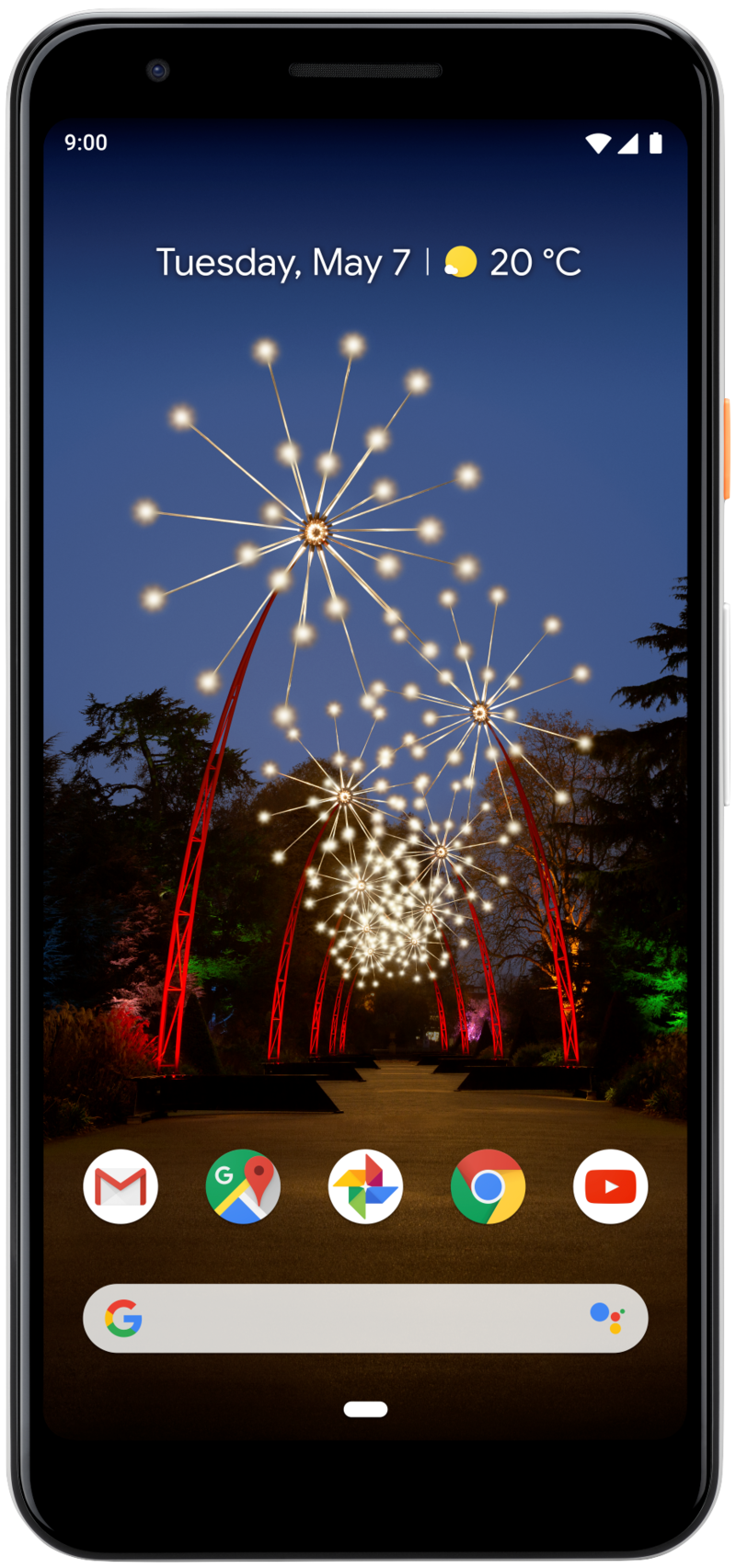
Lots to like, especially the camera
The Pixel 3a isn't the newest budget phone on the market, but it still holds up as one of the best. Its OLED display is a joy to look at, performance is really good, and there's no topping its camera quality. Add that together with a clean build of Android 10, USB-C charging, and a headphone jack, and you're getting a lot for your money.
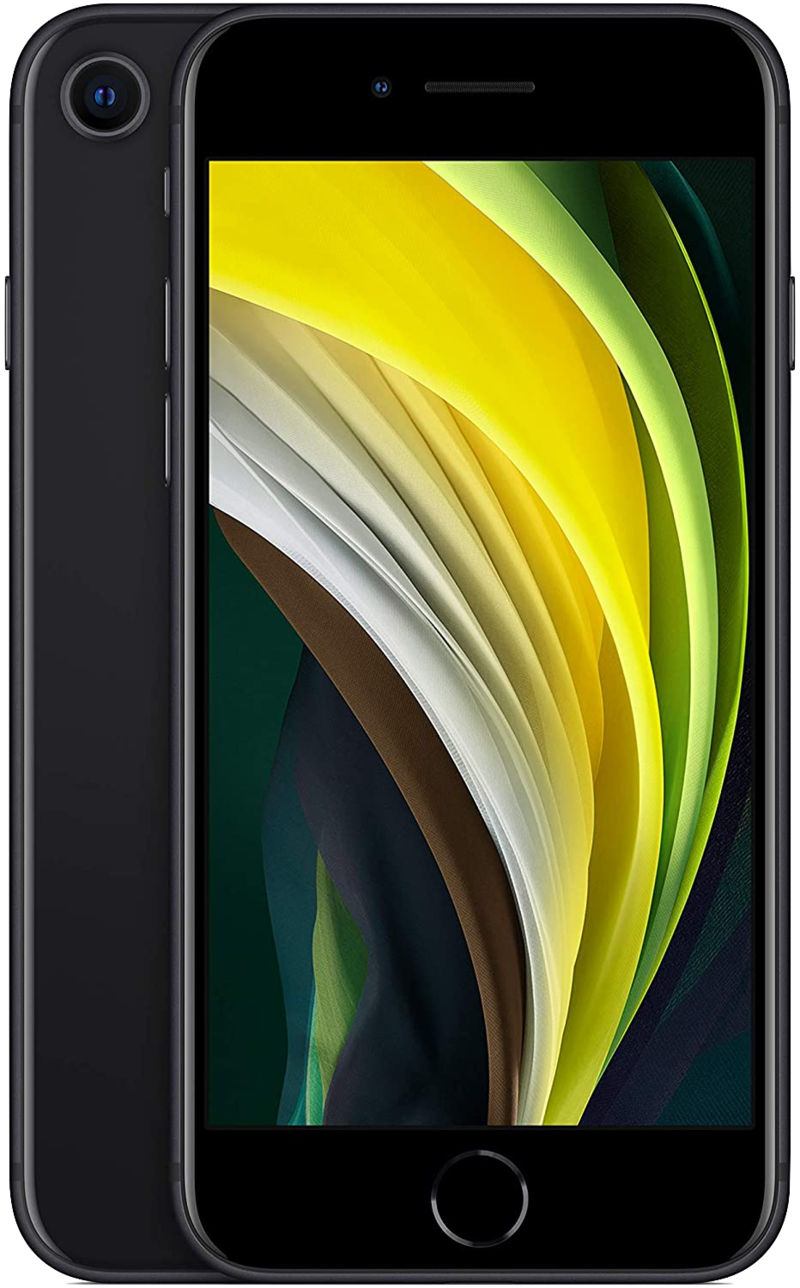
Apple's best deal ever
We typically don't think of iPhones as being a good value, but the iPhone SE completely changes that. The design may be bland, but everything else about the device is seriously impressive for the price. Apple's A13 Bionic processor is a beast, camera performance is solid, and you get wireless charging along with a proper IP rating.

Jeramy was the Editor-in-Chief of Android Central. He is proud to help *Keep Austin Weird* and loves hiking in the hill country of central Texas with a breakfast taco in each hand.
